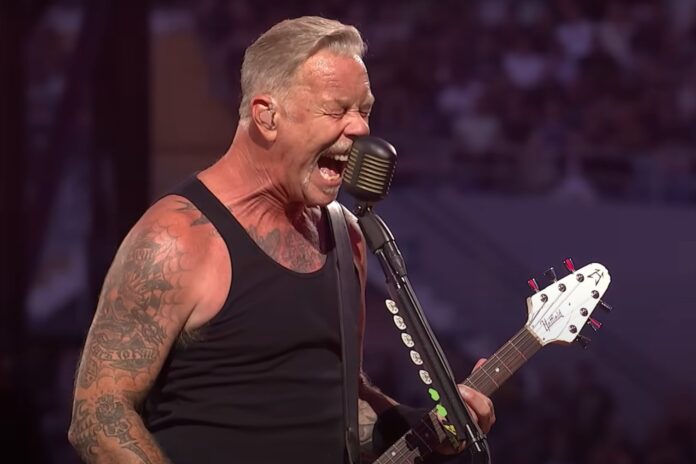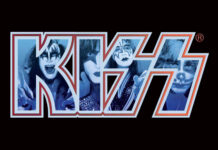Live Nation want to continue to raise ticket prices
Ticket prices for live music have climbed steadily in recent years, making concerts increasingly unaffordable for many fans. Dozens of high-profile bands and artists have canceled entire tours, blaming soaring touring costs and dwindling ticket sales driven by rising prices.
Live Nation CEO Michael Rapino, however, argues that concert tickets are still far too cheap.
While speaking at the CNBC and Boardroom’s Game Plan conference last week, Rapino insisted that live entertainment is significantly “underpriced.”
“Music has been underappreciated,” he said, comparing concerts to sporting events. “In sports, I joke it’s like a badge of honor to spend 70 grand for a Knicks courtside [seat]. They beat me up if we charge $800 for Beyoncé.”
He continued: “We have a lot of runway left. So when you read about ticket prices going up, the average concert price is still $72. Try going to a Laker game for that, and there’s 80 of them. The concert is underpriced and has been for a long time.”
While it’s unclear how Rapino calculated his $72 figure, Pollstar’s 2024 year-end report put the average ticket price for the top 100 tours at $135.92 worldwide and $136.45 in North America.
Pollstar also broke down average ticket prices by venue: $128.64 for stadium shows, $98.78 for arenas, $70.72 for amphitheaters, $75.09 for theaters, and $43.95 for clubs. Taken together, those figures average $83, which is closer to Rapino’s $72 estimate.
Although he does acknowledge that prices are rising, he blames artists for staging larger, more ambitious productions. Noting that Beyoncé had “62 transport trucks” on her recent tour, Rapino said: “That’s a Super Bowl she’s putting on every night. Ten years ago, there might’ve been 10 trucks.”
Rapino added that “the cost has gone up” because artists are “[investing more] in the experience.”
“[Artists] are forfeiting margin for the experience,” the CEO explained. “You hear about these $100 million grosses, that artist, depending on the show, might only take home 30 per cent of that, spending 70 on the show.”
While rising production costs play a role in higher ticket prices, so do service fees, dynamic pricing, scalpers, and resellers – factors that plague major ticket sellers like Live Nation and Ticketmaster and which often leave fans paying well above face value.
Last week, the Federal Trade Commission filed a suit against Ticketmaster, accusing them of hiding fees from customers, allowing scalpers to “exceed” ticket limits, and letting those scalpers sell tickets at crazy markups on Ticketmaster’s own resale platform.
Live Nation is also facing an antitrust lawsuit filed by the Department of Justice last year. The company is being accused of operating as a monopoly, although they deny those claims.
Metallica, U2, and rockers have unaffordable ticket prices
For rock fans in particular, the sticker shock has been undeniable in 2024. Pollstar’s mid-year data revealed that many of the year’s biggest tours by legacy acts such as The Rolling Stones, Bruce Springsteen, and U2 averaged over $200 per ticket before fees. Springsteen’s highly publicized use of Ticketmaster’s “dynamic pricing” pushed some seats close to $1,000, sparking fan outrage and congressional scrutiny. Even Pearl Jam, long known for their anti-Ticketmaster stance, saw average ticket prices climb into the $150–$175 range for their latest U.S. dates. The Rolling Stones’ Hackney Diamonds stadium shows averaged closer to $250, with prime floor seats often running between $400–$600.
Younger rock acts haven’t been immune either. Blink-182’s reunion tour with Tom DeLonge averaged around $160 a seat, while Green Day’s 2024 stadium run with Smashing Pumpkins and Rancid saw face-value tickets topping $200 in some markets. Fans hoping to catch Metallica’s “M72” world tour were confronted with ticket packages ranging from $150 for upper-level seats to $700+ for the “snake pit” floor access, not including VIP upgrades.
Add in fees, parking, and travel, and the average fan can easily spend $250–$400 for a single night of rock. For many, that means concerts have become more like once-a-year events rather than regular outings. While demand remains strong for legacy acts, these rising costs are reshaping how both artists and audiences approach touring — with fewer shows, higher grosses, and more frustration over affordability.















